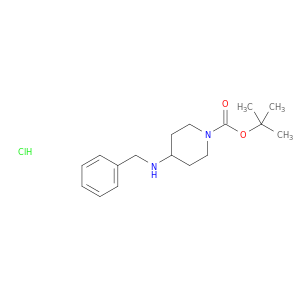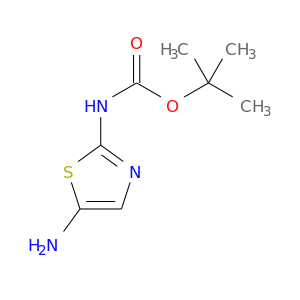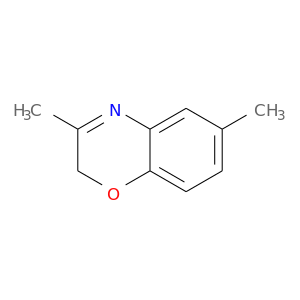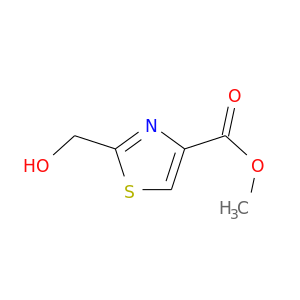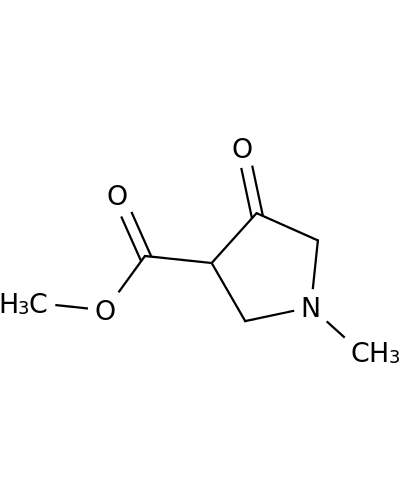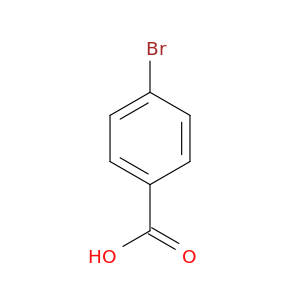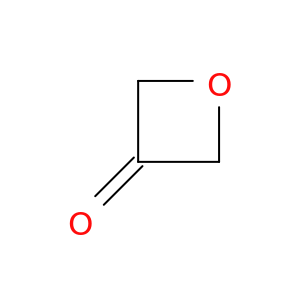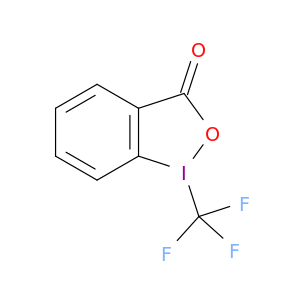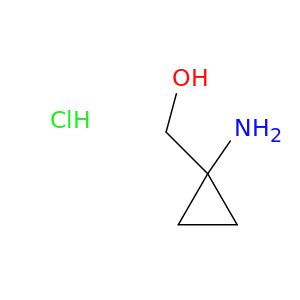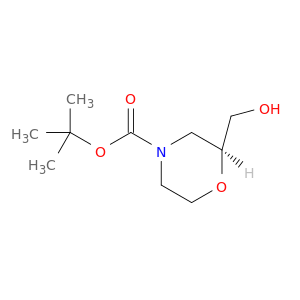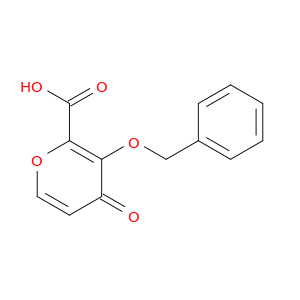200,000+ products from a single source!
sales@angenechem.com
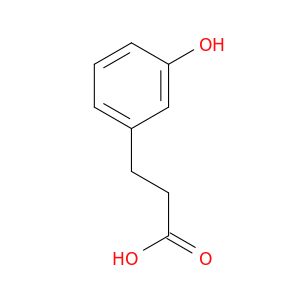
621-54-5 | 3-(3-Hydroxyphenyl)propanoic acid
CAS No: 621-54-5 Catalog No: AG0033GD MDL No:MFCD00016554
Product Description
Catalog Number:
AG0033GD
Chemical Name:
3-(3-Hydroxyphenyl)propanoic acid
CAS Number:
621-54-5
Molecular Formula:
C9H10O3
Molecular Weight:
166.1739
MDL Number:
MFCD00016554
IUPAC Name:
3-(3-hydroxyphenyl)propanoic acid
InChI:
InChI=1S/C9H10O3/c10-8-3-1-2-7(6-8)4-5-9(11)12/h1-3,6,10H,4-5H2,(H,11,12)
InChI Key:
QVWAEZJXDYOKEH-UHFFFAOYSA-N
SMILES:
OC(=O)CCc1cccc(c1)O
EC Number:
210-692-8
UNII:
FJ68OF1P7C
Properties
Complexity:
156
Compound Is Canonicalized:
Yes
Covalently-Bonded Unit Count:
1
Defined Atom Stereocenter Count:
0
Defined Bond Stereocenter Count:
0
Exact Mass:
166.063g/mol
Formal Charge:
0
Heavy Atom Count:
12
Hydrogen Bond Acceptor Count:
3
Hydrogen Bond Donor Count:
2
Isotope Atom Count:
0
Molecular Weight:
166.176g/mol
Monoisotopic Mass:
166.063g/mol
Rotatable Bond Count:
3
Topological Polar Surface Area:
57.5A^2
Undefined Atom Stereocenter Count:
0
Undefined Bond Stereocenter Count:
0
XLogP3:
1.4
Literature
| Title | Journal |
|---|---|
| Impact of short-term intake of red wine and grape polyphenol extract on the human metabolome. | Journal of agricultural and food chemistry 20120328 |
| F420H2-dependent degradation of aflatoxin and other furanocoumarins is widespread throughout the actinomycetales. | PloS one 20120101 |
| Metabolomic applications to decipher gut microbial metabolic influence in health and disease. | Frontiers in physiology 20120101 |
| In vitro bioaccessibility and gut biotransformation of polyphenols present in the water-insoluble cocoa fraction. | Molecular nutrition & food research 20110501 |
| Comparative genomics and functional analysis of niche-specific adaptation in Pseudomonas putida. | FEMS microbiology reviews 20110301 |
| The mind-body-microbial continuum. | Dialogues in clinical neuroscience 20110301 |
| Escherichia coli mhpR gene expression is regulated by catabolite repression mediated by the cAMP-CRP complex. | Microbiology (Reading, England) 20110201 |
| Global metabolic phenotyping in an experimental laparotomy model of surgical trauma. | Journal of proteome research 20110107 |
| Antioxidative protection of dietary bilberry, chokeberry and Lactobacillus plantarum HEAL19 in mice subjected to intestinal oxidative stress by ischemia-reperfusion. | BMC complementary and alternative medicine 20110101 |
| The homogentisate and homoprotocatechuate central pathways are involved in 3- and 4-hydroxyphenylacetate degradation by Burkholderia xenovorans LB400. | PloS one 20110101 |
| Screening of an E. coli O157:H7 Bacterial Artificial Chromosome Library by Comparative Genomic Hybridization to Identify Genomic Regions Contributing to Growth in Bovine Gastrointestinal Mucus and Epithelial Cell Colonization. | Frontiers in microbiology 20110101 |
| Colonic metabolites of berry polyphenols: the missing link to biological activity? | The British journal of nutrition 20101001 |
| Proanthocyanidin metabolites associated with dietary fibre from in vitro colonic fermentation and proanthocyanidin metabolites in human plasma. | Molecular nutrition & food research 20100701 |
| A comparison of the in vitro biotransformation of (-)-epicatechin and procyanidin B2 by human faecal microbiota. | Molecular nutrition & food research 20100601 |
| Metabolic alterations in the hamster co-infected with Schistosoma japonicum and Necator americanus. | International journal for parasitology 20100501 |
| Urinary excretion of phenolic acids in rats fed cranberry. | Journal of agricultural and food chemistry 20100414 |
| Bioavailability of various polyphenols from a diet containing moderate amounts of berries. | Journal of agricultural and food chemistry 20100414 |
| Flavanols and anthocyanins in cardiovascular health: a review of current evidence. | International journal of molecular sciences 20100101 |
| 3-Hydroxyphenylpropionate and phenylpropionate are synergistic activators of the MhpR transcriptional regulator from Escherichia coli. | The Journal of biological chemistry 20090807 |
| Bioprocessing of wheat bran improves in vitro bioaccessibility and colonic metabolism of phenolic compounds. | Journal of agricultural and food chemistry 20090722 |
| Dihydroxylated phenolic acids derived from microbial metabolism reduce lipopolysaccharide-stimulated cytokine secretion by human peripheral blood mononuclear cells. | The British journal of nutrition 20090701 |
| Procyanidin dimers are metabolized by human microbiota with 2-(3,4-dihydroxyphenyl)acetic acid and 5-(3,4-dihydroxyphenyl)-gamma-valerolactone as the major metabolites. | Journal of agricultural and food chemistry 20090211 |
| Metabolic analysis of the soil microbe Dechloromonas aromatica str. RCB: indications of a surprisingly complex life-style and cryptic anaerobic pathways for aromatic degradation. | BMC genomics 20090101 |
| Exploiting the pathway structure of metabolism to reveal high-order epistasis. | BMC systems biology 20080101 |
| MFS transportome of the human pathogenic yeast Candida albicans. | BMC genomics 20080101 |
| Characterization of the maduropeptin biosynthetic gene cluster from Actinomadura madurae ATCC 39144 supporting a unifying paradigm for enediyne biosynthesis. | Journal of the American Chemical Society 20071031 |
| Sorghum bran in the diet dose dependently increased the excretion of catechins and microbial-derived phenolic acids in female rats. | Journal of agricultural and food chemistry 20070627 |
| Weakening of salmonella with selected microbial metabolites of berry-derived phenolic compounds and organic acids. | Journal of agricultural and food chemistry 20070516 |
| Coupled expression of MhpE aldolase and MhpF dehydrogenase in Escherichia coli. | Biochemical and biophysical research communications 20060804 |
| Use of the pig caecum model to mimic the human intestinal metabolism of hispidulin and related compounds. | Molecular nutrition & food research 20060101 |
| Sexual dimorphism in urinary metabolite profiles of Han Wistar rats revealed by nuclear-magnetic-resonance-based metabonomics. | Analytical biochemistry 20050815 |
| Statistical total correlation spectroscopy: an exploratory approach for latent biomarker identification from metabolic 1H NMR data sets. | Analytical chemistry 20050301 |
| Microbial metabolites of ingested caffeic acid are absorbed by the monocarboxylic acid transporter (MCT) in intestinal Caco-2 cell monolayers. | Journal of agricultural and food chemistry 20041020 |
| The pig caecum model: a suitable tool to study the intestinal metabolism of flavonoids. | Molecular nutrition & food research 20040901 |
| Supplementation with grape seed polyphenols results in increased urinary excretion of 3-hydroxyphenylpropionic Acid, an important metabolite of proanthocyanidins in humans. | Journal of agricultural and food chemistry 20040825 |
| Transepithelial transport of chlorogenic acid, caffeic acid, and their colonic metabolites in intestinal caco-2 cell monolayers. | Journal of agricultural and food chemistry 20040505 |
| Colonic metabolism of dietary polyphenols: influence of structure on microbial fermentation products. | Free radical biology & medicine 20040115 |
| Identification of metabolites of (-)-epicatechin gallate and their metabolic fate in the rat. | Journal of agricultural and food chemistry 20030827 |
| Regulation of the mhp cluster responsible for 3-(3-hydroxyphenyl)propionic acid degradation in Escherichia coli. | The Journal of biological chemistry 20030725 |
| Inhibitory effects of urinary metabolites on platelet aggregation after orally administering Shimotsu-To, a traditional Chinese medicine, to rats. | The Journal of pharmacy and pharmacology 20030201 |
| The relative toxicity of substituted phenols reported in cigarette mainstream smoke. | Toxicological sciences : an official journal of the Society of Toxicology 20020901 |
| Effect of intestinal microflora on the urinary metabolic profile of rats: a (1)H-nuclear magnetic resonance spectroscopy study. | Xenobiotica; the fate of foreign compounds in biological systems 20020901 |
| A novel Streptomyces gene, samR, with different effects on differentiation of Streptomyces ansochromogenes and Streptomyces coelicolor. | Archives of microbiology 20020301 |
| Directly coupled high-performance liquid chromatography and nuclear magnetic resonance spectroscopic with chemometric studies on metabolic variation in Sprague--Dawley rats. | Analytical biochemistry 20010415 |
| Electrospray ionisation mass spectrometric study of degradation products of quercetin, quercetin-3-glucoside and quercetin-3-rhamnoglucoside, produced by in vitro fermentation with human faecal flora. | Rapid communications in mass spectrometry : RCM 20010101 |
| Genetic characterization and expression in heterologous hosts of the 3-(3-hydroxyphenyl)propionate catabolic pathway of Escherichia coli K-12. | Journal of bacteriology 19970401 |
Related Products
Featured Products
© 2019 Angene International Limited. All rights Reserved.


